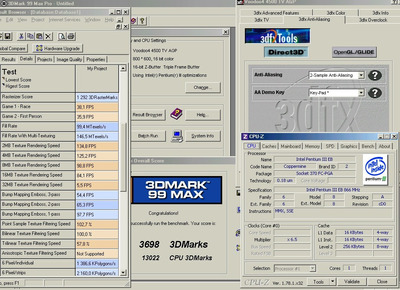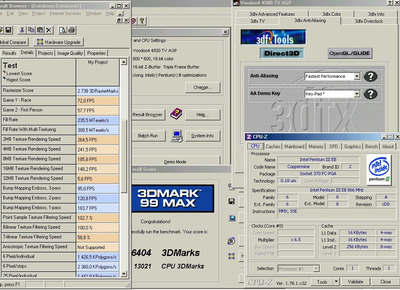I think the issue of 3dfx is almost like a disease that many of us suffer from, we like a brand AMD or Intel, AMD or Nvidia, or 3dfx, and when we choose a path, we always try to look for the advantages of what we choose, ignoring the flaws, even if they are obvious.
I think that's what happens with 3dfx, a lot of hardcore fans see those graphics cards as if they were some kind of holy grail, and I totally and absolutely respect that.
I think to be honest, we all know whether we want to see it or not, that the only interesting 3dfx cards are Voodoo 1, Banshee and Voodoo 2, which were the ones that made history, Voodoo 3 was no longer the same. And the later ones no longer had real relevance in the market. I remember seeing them on the shelves collecting dust and sometimes with the box discolored by the sunlight, because no one wanted to buy them. The same thing happened with Kyro cards, I remember a store that had shelves full of boxes of Kyro 4000 cards, hopefully the boxes would be empty...
I suffer from this disease with AMD, but I try hard to see the flaws so as not to blind myself.
At that time, a friend gave me his Voodoo 3 3000, I still have it, because I had bought a GeForce 2 MX and the difference was very noticeable, and it had not yet been six months since he bought the Voodoo 3. I remember that his anger was enormous, if I hadn't kept Voodoo 3, he would have thrown it out the window from the fifth floor. 😀
Things of youth.


